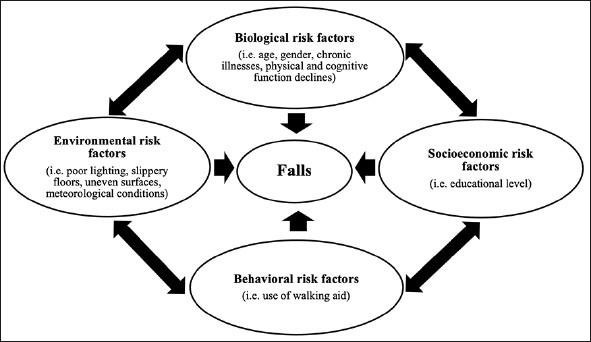A nurse is caring for a client who is at risk for falls. Which of the following actions should the nurse take? (Select all that apply.)
Keep the client's bed in the lowest position.
Assess the client every 4 hr.
Keep the client's room dark at night.
Teach the client to use the call light.
Place a fall-risk identification band on the client's wrist.
Correct Answer : A,D,E
A. Keeping the client's bed in the lowest position helps minimize the potential fall distance if the client attempts to get out of bed.
B. Assessing the client every 4 hours is a good practice for general monitoring but may not be specific to fall prevention. More frequent assessments may be necessary for a client at high risk for falls.
C. Keeping the client's room dark at night can actually increase the risk of falls. It's important to ensure there is adequate lighting to help the client navigate safely.
D. Teaching the client to use the call light allows them to request assistance when needed, reducing the likelihood of attempting to move or get out of bed independently.
E. Placing a fall-risk identification band on the client's wrist helps alert all healthcare providers that the client is at risk for falls. This information is crucial for ensuring appropriate precautions are taken.

Nursing Test Bank
Naxlex Comprehensive Predictor Exams
Related Questions
Correct Answer is A
Explanation
A. Gloves should be removed first. This is because the gloves are the items most likely to be contaminated. To remove gloves, grasp the outside edge near the wrist and peel them off, turning them inside out as you go.
B. The gown should be removed next. The gown protects the nurse's clothing from contamination. Untie or unfasten the gown, and then carefully remove it, taking care to avoid touching the outside of the gown.
C. Face shields or goggles should be removed next if used. This helps protect the eyes and face. Handle the shield or goggles by the headband or earpieces and remove them without touching the front.
D. Mask should be removed last. The mask helps protect the respiratory system. Untie or unhook the mask from behind the ears or head and discard it.
Correct Answer is ["A","C","D"]
Explanation
A. Education may influence the communication process to a significant extent as an interpersonal variable.
B. Time can affect communication in terms of available time for interaction, but it is not specifically related to interpersonal variables.
C. Perception refers to how individuals interpret and make sense of information. It is a key interpersonal variable that can influence how a message is received and understood.
D. Gender can be an interpersonal variable that affects communication. Different genders may have different communication styles and preferences.
E. Feedback is not considered an interpersonl ariation that can affect communication
Whether you are a student looking to ace your exams or a practicing nurse seeking to enhance your expertise , our nursing education contents will empower you with the confidence and competence to make a difference in the lives of patients and become a respected leader in the healthcare field.
Visit Naxlex, invest in your future and unlock endless possibilities with our unparalleled nursing education contents today
Report Wrong Answer on the Current Question
Do you disagree with the answer? If yes, what is your expected answer? Explain.
Kindly be descriptive with the issue you are facing.
